skimmia
cheryl_blueridge
17 years ago
Related Stories

GARDENING GUIDESGreat Garden Combo: 3 Wonderful Plants for a Deer-Resistant Screen
Protect your privacy and keep deer at bay with a planting trio that turns a problem garden area into a highlight
Full Story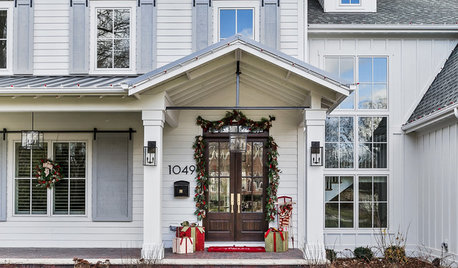
CURB APPEAL9 Ways to Boost Winter Curb Appeal
No blossoms and a barren yard? You can still make your home attractive and inviting from the street
Full Story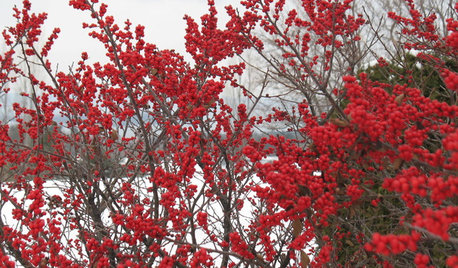
GARDENING GUIDES6 Rockin’ Red Plants for Winter Gardens
Use the bright berries or branches of these cold-climate favorites for outdoor garden interest or container arrangements anywhere
Full Story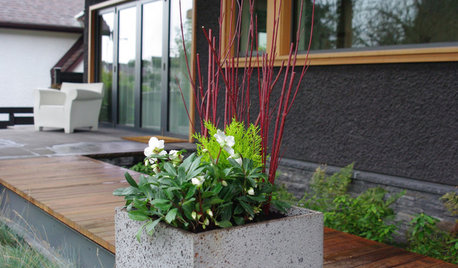
WINTER GARDENING7 Container Plantings to Bring Winter Gardens to Life
Adding instant color but with long-lasting practicality, these plant groupings are bright spots in a slumbering wintertime garden
Full Story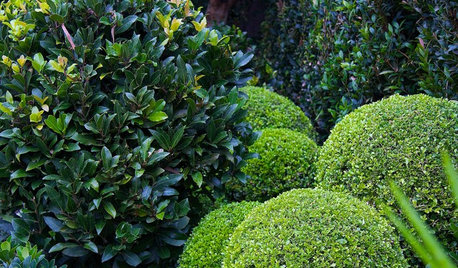
LANDSCAPE DESIGNGreen-Only Gardens Draw the Eye and Soothe the Spirit
Use plant and foliage variety to create a monochromatic landscape as visually pleasing as it is calming
Full StoryMore Discussions






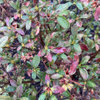
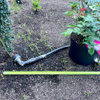
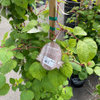
Embothrium
shrubs_n_bulbs
Related Professionals
Surprise Landscape Architects & Landscape Designers · Harrison Landscape Architects & Landscape Designers · Harvey Landscape Architects & Landscape Designers · Burien Landscape Contractors · Forest Hills Landscape Contractors · Lemont Landscape Contractors · Manhattan Landscape Contractors · Quartz Hill Landscape Contractors · West Springfield Window Contractors · Elkridge Window Contractors · Riverside Driveway Installation & Maintenance · Carmel Decks, Patios & Outdoor Enclosures · Lake Morton-Berrydale Decks, Patios & Outdoor Enclosures · Prescott Decks, Patios & Outdoor Enclosures · Redmond Decks, Patios & Outdoor Enclosuresdonn_
Embothrium
donn_
Embothrium
donn_
Embothrium
Olivier_NorthFrance
zcoolest
Loretta NJ Z6
Loretta NJ Z6